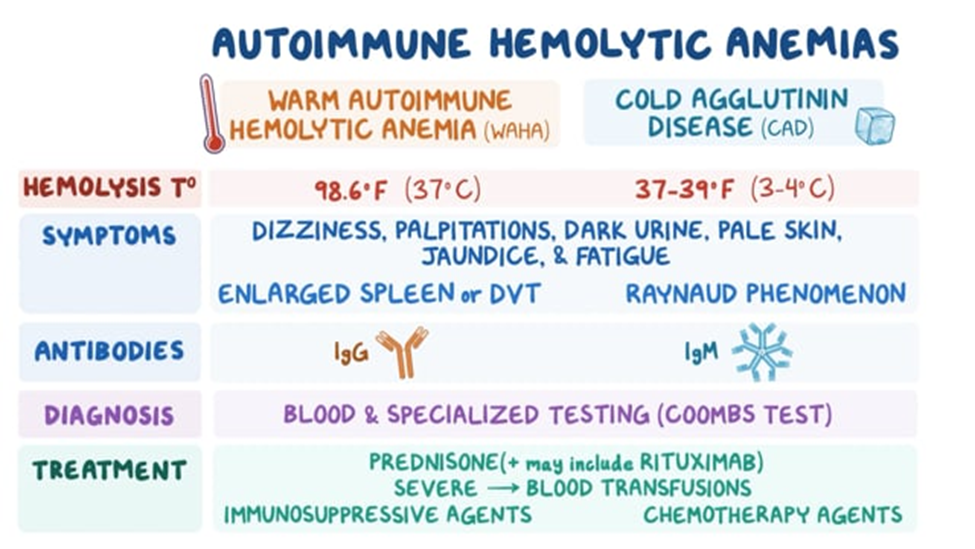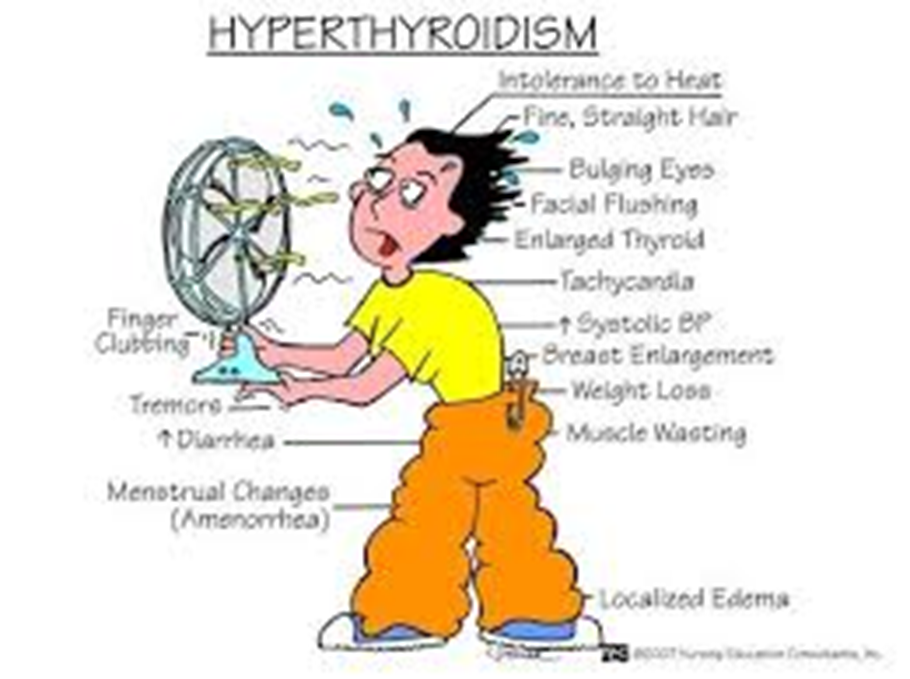A patient is seeing the nurse practitioner for a 6 months checkup for diabetes mellitus. While reviewing the patient's lab results, which lab best represents the patient has good control of the disease?
Urinalysis shows trace protein
Hemoglobin A1C of 5.6%
Fasting blood glucose of 110 mg/dL
Urine ketones are negative
The Correct Answer is B
A. Urinalysis shows trace protein:
Explanation: While trace protein in the urine is generally better than higher levels, it doesn't provide a specific measure of blood glucose control. Protein in the urine can be an early sign of kidney damage in diabetes, but it doesn't directly indicate blood glucose control.
B. Hemoglobin A1C of 5.6%:
Explanation: Hemoglobin A1C (HbA1C) is a long-term indicator of blood glucose control. An HbA1C level of 5.6% is within the target range for individuals with diabetes and suggests good control of blood glucose over the past 2-3 months.
C. Fasting blood glucose of 110 mg/dL:
Explanation: Fasting blood glucose gives a snapshot of blood glucose at a specific moment. While 110 mg/dL is a fairly normal fasting level, it doesn't provide information about long-term control. A single fasting glucose measurement may not reflect overall glucose management.
D. Urine ketones are negative:
Explanation: Negative urine ketones indicate that the body is not currently using fat for energy. While this is a good sign in the moment, it doesn't give information about overall blood glucose control over time. Urine ketones can fluctuate based on various factors, including diet and activity level.
Nursing Test Bank
Naxlex Comprehensive Predictor Exams
Related Questions
Correct Answer is B
Explanation
A. Leukemia:
Explanation: Leukemia is a cancer of the blood-forming tissues, including the bone marrow and lymphatic system. It typically presents with an abnormal increase in white blood cells. While fatigue can be a symptom, increased bilirubin concentration and an increased reticulocyte count are not typical findings in leukemia.
B. Hemolytic Anemia:
Explanation: Hemolytic anemia is characterized by the premature destruction of red blood cells, leading to an increased release of bilirubin (from the breakdown of hemoglobin) and an increased reticulocyte count (as the body attempts to compensate by producing more red blood cells). This is a likely possibility given the presented symptoms.
C. Hypoproliferative Anemia:
Explanation: Hypoproliferative anemia is characterized by a decreased production of red blood cells. It is unlikely in this scenario, as an increased reticulocyte count suggests an attempt by the bone marrow to increase red blood cell production.
D. Thrombocytopenia:
Explanation: Thrombocytopenia is a condition characterized by a low platelet count. It does not typically present with an increased bilirubin concentration or an increased reticulocyte count.

Correct Answer is C
Explanation
A. Development of a buffalo hump and moon face:
This is associated with Cushing's syndrome, a disorder characterized by prolonged exposure to high levels of cortisol.
B. Central obesity and purple striations:
Also indicative of Cushing's syndrome, where excess cortisol can lead to the accumulation of fat in the abdominal area (central obesity) and the development of purple stretch marks (striae).
C. Sudden weight loss without dieting:
This is more characteristic of hyperthyroidism, where the thyroid gland is overactive, leading to increased metabolism and unintended weight loss.
D. Positive Trousseau's sign when checking the client's blood pressure:
Trousseau's sign is associated with hypocalcemia and is seen in conditions affecting the parathyroid gland rather than the thyroid. It involves carpal spasm induced by inflating a blood pressure cuff above the systolic pressure for a few minutes.

Whether you are a student looking to ace your exams or a practicing nurse seeking to enhance your expertise , our nursing education contents will empower you with the confidence and competence to make a difference in the lives of patients and become a respected leader in the healthcare field.
Visit Naxlex, invest in your future and unlock endless possibilities with our unparalleled nursing education contents today
Report Wrong Answer on the Current Question
Do you disagree with the answer? If yes, what is your expected answer? Explain.
Kindly be descriptive with the issue you are facing.
